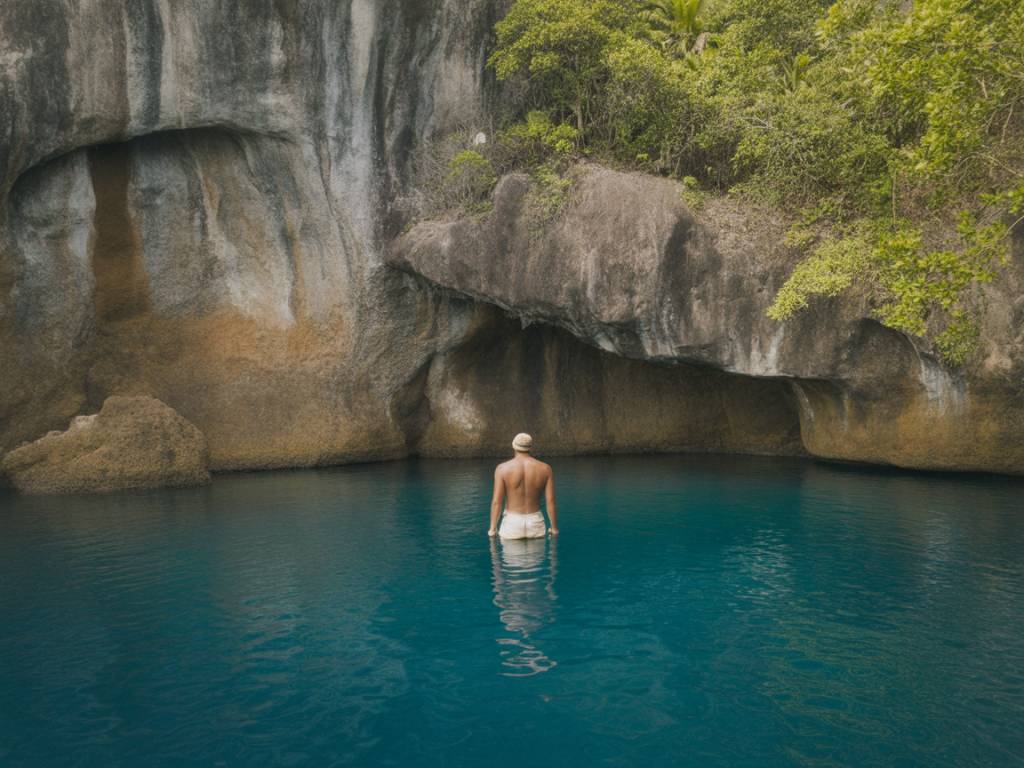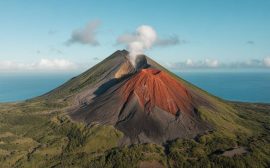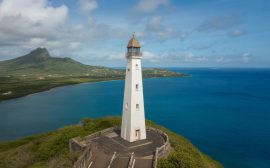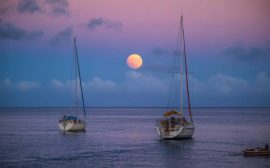Discovering the Geological Wonders of Martinique: Caves and Rock Formations
Nestled in the heart of the Caribbean, Martinique is not only known for its lush rainforests, pristine beaches, and Creole culture, but also for its rich geological heritage. The island’s dramatic volcanic history has shaped an incredible variety of caves, cliffs, and rock formations that entice both curious travelers and geology enthusiasts. From coastal sea caves carved by waves to ancient rock shelters wrapped in legend, these natural monuments showcase the geological and cultural tapestry of Martinique.
The Volcanic Origins of Martinique’s Rock Formations
Martinique was born out of intense volcanic activity, primarily from Montagne Pelée, the infamous volcano that erupted catastrophically in 1902. This volcanic origin has played a pivotal role in shaping the island’s landscape. Lava flows, ash deposits, and tectonic uplift have created a diverse range of rock types and formations — each telling a story millions of years in the making.
The island is primarily composed of basalt, andesite, and volcanic tuff, which have eroded over time under the pressure of natural forces. This geological history has produced a variety of extraordinary locations, where the rocks whisper stories of fire and water, time and transformation.
Famous Caves in Martinique
Grotte aux Chauves-Souris (Bat Cave)
Located on the northwestern coast near Saint-Pierre, the Grotte aux Chauves-Souris is one of the most well-known sea caves in Martinique. Accessible only by boat, this cave is nestled into steep cliffs and is home to colonies of bats, giving it its name. The cave is not just a biological wonder but also a geological one, formed over thousands of years by waves crashing into volcanic rock.
The dark, humid interior creates an atmospheric experience. Light filtering through the cave’s entrance bounces off the mineral-rich walls, revealing natural hues and textures. Local guides often share folklore involving spirits and pirates said to have hidden treasure within the shadows.
La Grotte de l’Anse Dufour
This hidden gem lies near the tranquil beach of Anse Dufour, a favorite snorkeling spot. Accessible by swimming a short distance from the shore, La Grotte de l’Anse Dufour is a shallow sea cave carved directly into the coastal cliffs. The crystalline turquoise waters contrast beautifully with the dark volcanic stone, making it a popular stop for kayaking tours and underwater photography. Sea turtles and colorful fish often inhabit the area, adding to its serene beauty.
Spectacular Rock Formations of the Island
Rocher du Diamant (Diamond Rock)
Arguably the most iconic geological feature of Martinique, Diamond Rock rises dramatically out of the Caribbean Sea just off the southern coast. This basaltic monolith stands over 175 meters high and was formed by volcanic activity millions of years ago. Though uninhabited today, Diamond Rock once played a surprising role in naval history, serving as a British fortress disguised as a warship during the Napoleonic Wars.
Today, this formation fascinates geologists and history buffs alike. Scuba diving around Diamond Rock reveals underwater caves and complex marine ecosystems clinging to its submerged volcanic ridges, highlighting the ongoing interaction between geology and marine biology.
Le Tombolo de Sainte-Marie
Located on the northeast coast near the town of Sainte-Marie, the Tombolo is a rare natural phenomenon where a sandbar connects the mainland to a small, rocky islet. This connection appears only during specific times of the year when tidal patterns allow it. The rocky islet itself is a volcanic remnant, full of stratified layers and fossilized coral, revealing past epochs of the island’s formation.
The opportunity to walk across the tombolo toward the islet provides a glimpse into the dynamic coastal forces that still shape Martinique’s east coast today.
Legend and Myth: The Cultural Side of Martinique’s Geology
Many of Martinique’s rock formations come steeped in folklore. The island’s cultural identity blends African, European, and Indigenous influences, and countless legends have been born from its mysterious geological features. Locals speak of enchanted caves inhabited by “maman dlo” or “mother of the water,” mystical female spirits who protect the sea and its creatures.
In the north, near Le Prêcheur, cliffs known as « Les Gorges de la Falaise » are said to be sacred ground. According to legend, these rocky gorges were once sleepless sentinels watching over ancient peoples. Today, they form a popular canyoning destination, where adventurers follow the same river-carved path through towering rock walls layered with moss, ferns, and history.
Best Tips for Exploring Martinique’s Geological Sites
If you’re eager to experience these natural wonders in person, there are a few key tips to keep in mind:
- Safety First: Always explore caves and cliffs with a guide, especially in remote or difficult terrain. Sea caves can be dangerous during strong currents or changing tides.
- Use Proper Equipment: For coastal rock formations and snorkeling caves, bring waterproof gear, sturdy shoes, and a good flashlight or headlamp.
- Protect the Environment: Many formations are fragile ecosystems. Avoid touching the walls of caves or disturbing marine habitats.
- Check Weather Conditions: Especially for sea-accessible locations, always monitor the weather. Swells and storms can make certain areas unsafe.
- Learn the History: Engaging with a local guide brings these formations to life through the stories, legends, and geological insights they offer.
Eco-Tourism and Responsible Travel
As visitors grow more conscious of sustainable travel, exploring Martinique’s caves and rock formations offers an alternative to traditional beach tourism. Many eco-friendly tour operators offer geological excursions that prioritize conservation and education. These experiences contribute to local economies while fostering a deeper appreciation for the fragile beauty of the island’s natural heritage.
In particular, hikes along volcanic ridges and guided snorkeling tours around underwater formations allow you to immerse yourself in Martinique’s breathtaking environment — without leaving a footprint behind.
An Unforgettable Encounter with Nature’s Artistry
Whether you’re drawn by the allure of hidden sea caves, fascinated by the natural history of lava-sculpted cliffs, or captivated by ancient legends wrapped around rock, Martinique offers a journey through time and terrain like no other. Exploring these geological formations gives travelers a unique perspective on how natural forces — fire, water, and earth — have forged one of the Caribbean’s most enchanting islands.
If you’re planning your next tropical adventure, consider adding these awe-inspiring geological treasures to your travel itinerary. You’ll not only explore remarkable natural landmarks but also discover the soul of Martinique shaped by its rocks, its myths, and its people.




